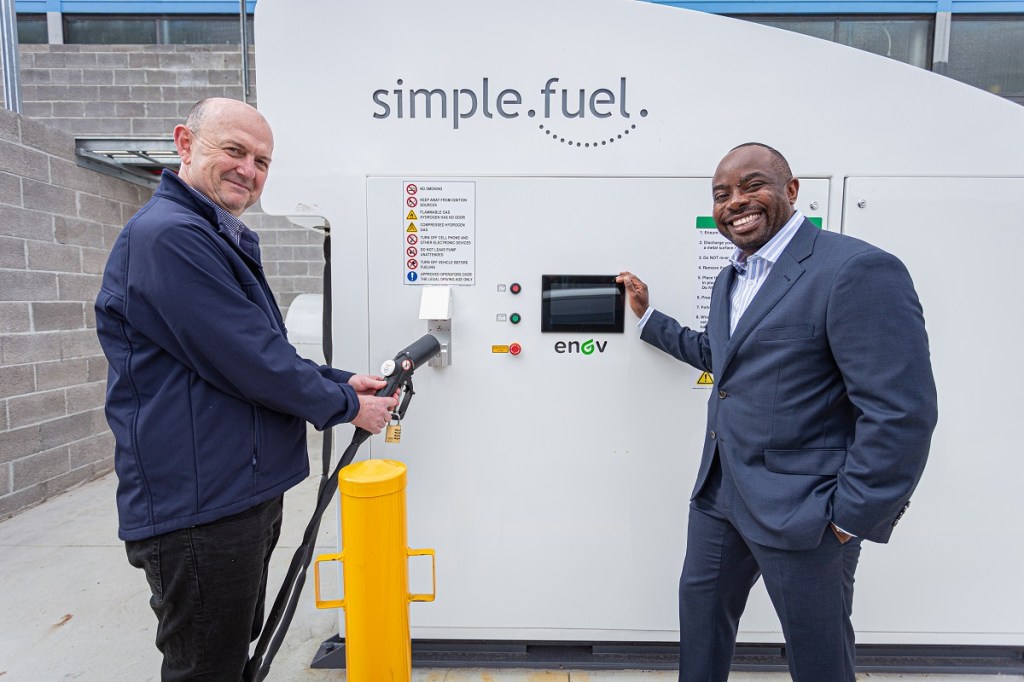The CSIRO and Swinburne University of Technology’s Victorian Hydrogen Hub (VH2) have launched a $2.5 million clean hydrogen refuelling station.
The state-of-the-art refuelling station is located at CSIRO’s Clayton site in Victoria and uses green hydrogen produced with electricity from renewable sources, which allows hydrogen cars to travel over 600km emissions-free on a full tank.
Dr Doug Hilton, Chief Executive at the CSIRO, said hydrogen will play a significant role in Australia’s energy transition and the decarbonisation of our road transport sector.
“The technology is an exciting piece in the puzzle in Australia’s renewable energy future and will deliver long-term community and environmental benefits, boost the economy and create new jobs and opportunities for Australia and Australians.
“Hydrogen is increasingly being recognised as ‘the fuel of the future’ – and for good reason. Hydrogen is the most abundant chemical element in the universe and, when used to power fuel cell electric vehicles the only exhaust product is water vapour.”
The station showcases the real-world application of hydrogen and will be used to demonstrate hydrogen’s utility for transport as well as be used to test emerging hydrogen technology and train the next generation on the use of hydrogen stations to ensure Australia remains internationally competitive.
Professor Karen Hapgood, Deputy Vice-Chancellor Research, Swinburne University of Technology, said the launch of the hydrogen station brings Australia another step closer to creating a carbon neutral world by 2050 or earlier.
“As a university with sustainability in our DNA, we are proud to be playing an important role in driving the implementation of the hydrogen economy in Australia, through our Victorian Hydrogen Hub and collaboration with CSIRO.
“Hydrogen plays a key part in our transition to clean energy, and demonstration projects such as these help to test technical, regulatory and economic aspects of hydrogen refuelling infrastructure, and support the urgent training and workforce development for this expanding hydrogen energy ecosystem.”
To stay up to date on the latest industry headlines, sign up to the C&I e-newsletter.

